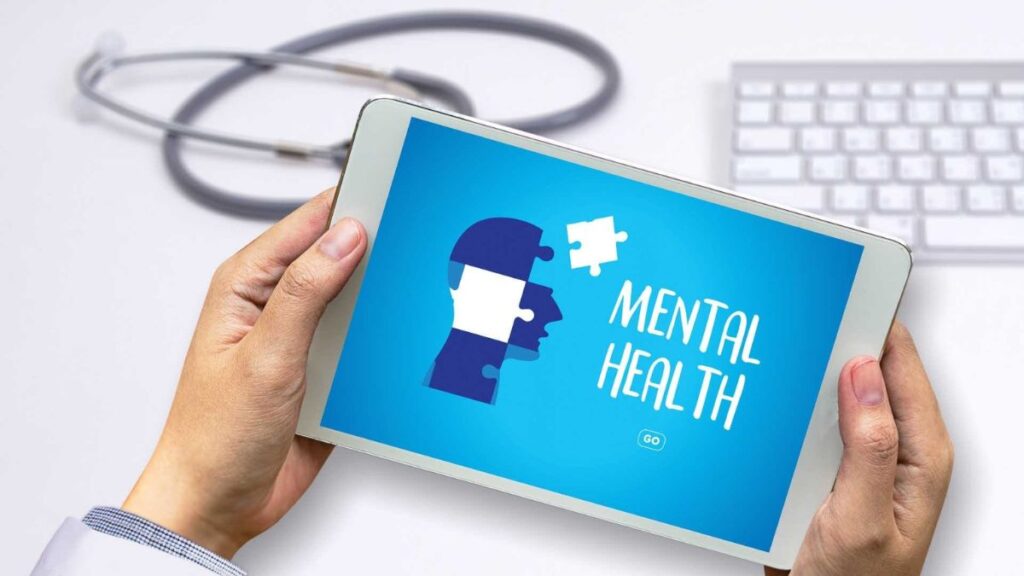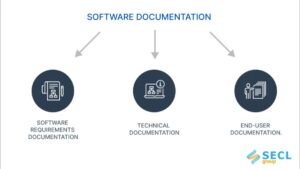Technology has become an integral part of daily life, offering convenience, connection, and access to information at unprecedented levels. While the rapid growth of digital innovation has sparked debates over screen time, privacy, and disconnection, it has also paved the way for revolutionary changes in how we manage mental health. From therapy apps to digital journaling tools and artificial intelligence-driven platforms, technology now offers a variety of ways to support emotional well-being and psychological resilience.
This article explores the growing intersection between technology and mental health, highlighting the apps, tools, and digital interventions that are transforming the mental health landscape.
The Rise of Mental Health Challenges in a Digital Age
Before examining the tools that aim to address mental health, it’s essential to understand the problem’s scope. According to the World Health Organization, depression is the leading cause of disability worldwide. Anxiety disorders are also among the most common mental health issues, affecting millions of people globally.
Interestingly, the same modern society that brings about these challenges—marked by constant connectivity, fast-paced lifestyles, and social media pressures—also provides the technological infrastructure for solutions. Whether it’s through real-time tracking of moods, virtual therapy sessions, or AI-driven mindfulness apps, technology is playing an increasingly vital role in supporting mental health.
Mental Health Apps: A New Frontline of Support
Mobile applications have emerged as one of the most accessible tools for mental health care. According to a study by the American Psychological Association, there are more than 10,000 mental health-related apps available on app stores globally. These apps range in functionality, from cognitive behavioral therapy (CBT) tools and guided meditation to journaling platforms and habit trackers.
Popular Mental Health Apps Making a Difference
- Headspace: Initially known for guided meditations, Headspace has expanded to include content for sleep, stress reduction, and focus. Its science-backed approach makes it a reliable option for beginners and experienced users alike.
- Calm: Similar to Headspace, Calm emphasizes relaxation techniques but also includes storytelling, breathing exercises, and gentle music designed to reduce anxiety and stress.
- BetterHelp: An online therapy platform that connects users with licensed therapists via video calls, phone, or messaging. It breaks down the barriers of traditional therapy, making it more affordable and accessible.
- Moodpath: This app functions like a digital mental health companion, offering mental health assessments, mood tracking, and therapeutic content based on CBT principles.
The convenience, affordability, and privacy offered by these apps make them an attractive option, especially for people hesitant to seek traditional therapy or those who live in areas with limited mental health resources.
Teletherapy: Expanding Access Through Virtual Counseling
The COVID-19 pandemic accelerated the adoption of teletherapy, which had already been gaining traction. Teletherapy involves delivering mental health services via video conferencing, phone calls, or messaging platforms. With platforms like Talkspace, BetterHelp, and Amwell, individuals can access licensed professionals from the comfort of their homes.
This shift has been monumental for people in rural areas or those with mobility issues, and it has significantly reduced the stigma associated with walking into a therapist’s office. Moreover, studies show that teletherapy is just as effective as in-person therapy for many conditions, including depression, anxiety, PTSD, and insomnia.
Pros and Cons of Teletherapy
Advantages:
- Convenience and flexibility
- Broader access to specialists
- Lower cost compared to in-person sessions
Challenges:
- Lack of in-person rapport
- Privacy and data security concerns
- Dependence on reliable internet and devices
Despite these limitations, the ability of technology to deliver therapy to the fingertips of millions is a transformative step in mental health care.
Artificial Intelligence and Mental Health Diagnostics
The integration of artificial intelligence (AI) into mental health is still in its early stages but shows remarkable promise. AI-driven platforms analyze user data—such as speech patterns, social media activity, or behavioral metrics—to detect signs of depression, anxiety, and even suicidal ideation.
One notable example is Woebot, an AI-powered chatbot that engages users in therapeutic conversations. Built on principles of cognitive behavioral therapy, Woebot helps users process their thoughts and emotions in real time. While not a replacement for human therapists, AI tools can provide instant support and intervention during critical moments.
Similarly, researchers are exploring how machine learning algorithms can analyze voice tones and word choices in phone conversations or text messages to predict emotional states. Such predictive capabilities could potentially alert clinicians or caregivers to intervene before a crisis occurs.
Wearable Technology and Mental Health Monitoring
Wearables like smartwatches and fitness trackers are increasingly incorporating mental health features. These devices measure physiological indicators such as heart rate variability, sleep patterns, and physical activity—data that can provide insights into a user’s mental well-being.
Features Enhancing Mental Health:
- Sleep Tracking: Poor sleep is linked to several mental health issues. Devices like Fitbit and Oura Ring offer sleep analysis and tips for improvement.
- Stress Monitoring: Some wearables can detect stress levels using sensors that analyze skin temperature and electrodermal activity, prompting users to take breathing exercises or breaks.
- Mood Logging: Devices now allow users to log emotional states directly or passively collect behavior data to infer mood trends.
While not diagnostic tools, wearables provide valuable real-time feedback that can complement other mental health strategies or prompt individuals to seek professional help.
Digital Communities and Support Networks
Technology also enables the formation of digital communities where people can share their experiences, provide support, and reduce feelings of isolation. Platforms like 7 Cups, Reddit’s mental health forums, and Facebook support groups bring together individuals dealing with similar challenges.
These communities are especially helpful for marginalized populations—such as LGBTQ+ individuals or people with rare mental health conditions—who may struggle to find understanding in their immediate environment. Moderation and anonymity features can foster a sense of safety and trust.
However, it’s important to approach these communities critically. Not all advice is professional, and misinformation can spread easily. Still, for many users, simply being heard and validated in an empathetic space is incredibly healing.
Ethical Considerations and Privacy Concerns
As with any integration of technology into healthcare, ethical concerns must be addressed. Mental health apps and platforms often collect sensitive personal data, including mood logs, therapy session notes, and biometric readings. Unfortunately, not all companies are transparent about how this data is stored or shared.
Key Privacy Issues:
- Lack of encryption and secure data storage
- Selling user data to third parties
- Inadequate consent mechanisms
Regulations like the General Data Protection Regulation (GDPR) in Europe and the Health Insurance Portability and Accountability Act (HIPAA) in the U.S. are steps in the right direction, but enforcement and oversight remain uneven. Users must remain vigilant, read privacy policies, and choose platforms with strong data protection standards.
The Future of Technology in Mental Health
Looking ahead, the fusion of technology and mental health will only deepen. Innovations in virtual reality (VR) are being used to treat phobias and PTSD by exposing users to controlled simulations. Augmented reality (AR) and brain-computer interfaces (BCIs) are also being tested for therapeutic applications.
Furthermore, large-scale data analytics could help policymakers identify mental health trends across populations, enabling more effective resource allocation and early intervention strategies.
The challenge will be to ensure these advancements are inclusive, ethical, and grounded in clinical evidence. As technology evolves, it must center the human experience and not just the algorithm.
Conclusion: Embracing Technology as a Mental Health Ally
The intersection of technology and mental health represents a promising frontier in the quest for emotional well-being. While no app or digital tool can replace the nuanced understanding and empathy of a trained mental health professional, technology can amplify access, enhance support, and empower individuals to take proactive steps in managing their mental health.
As we move further into the digital age, the goal should be to harness technology not as a crutch but as a companion—one that supports human connection, encourages mindfulness, and promotes healing in accessible, personalized, and meaningful ways.



